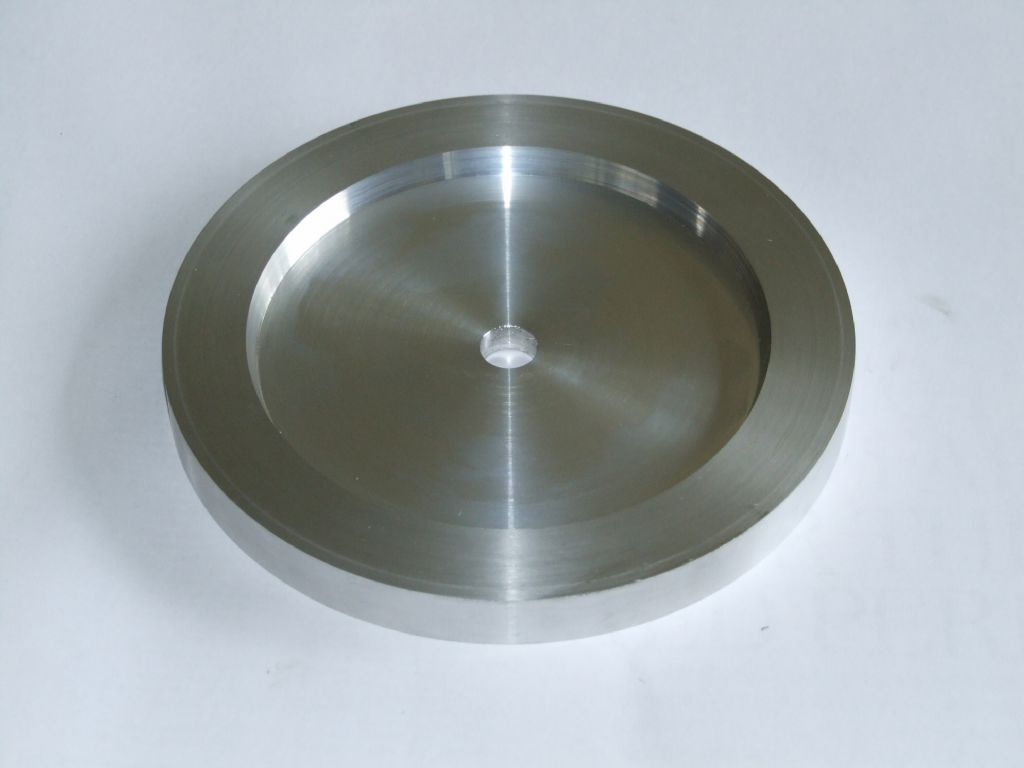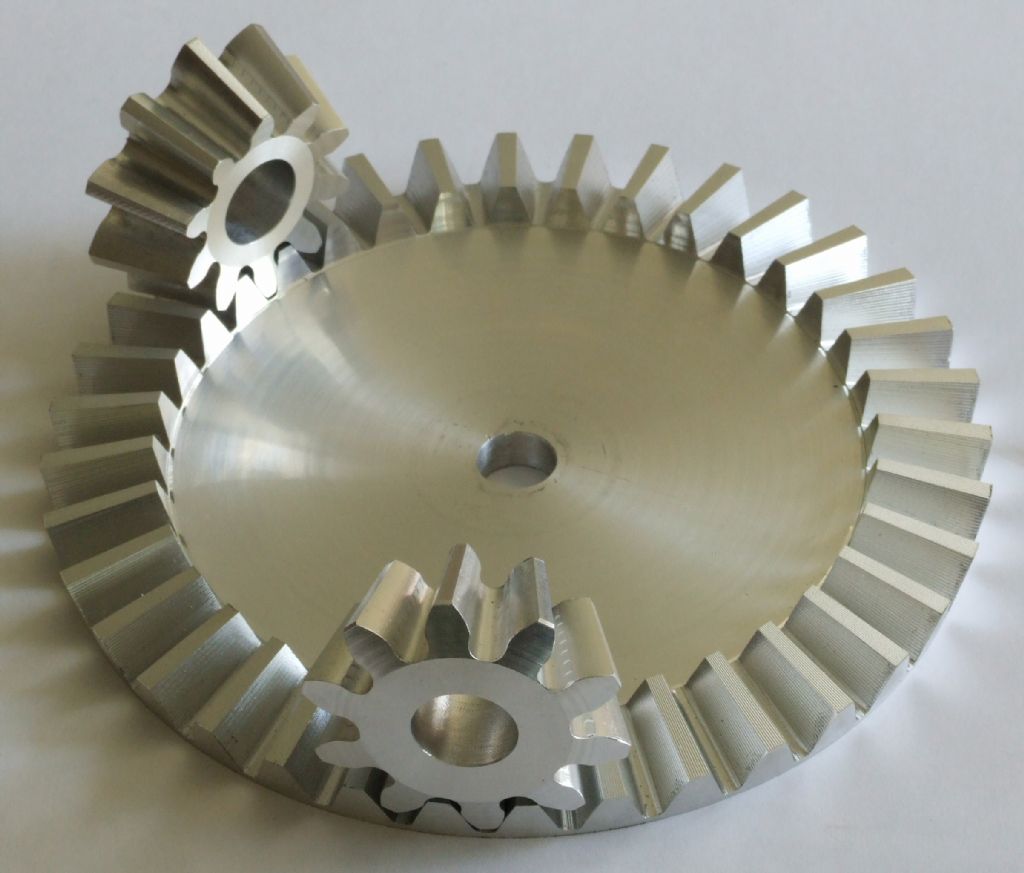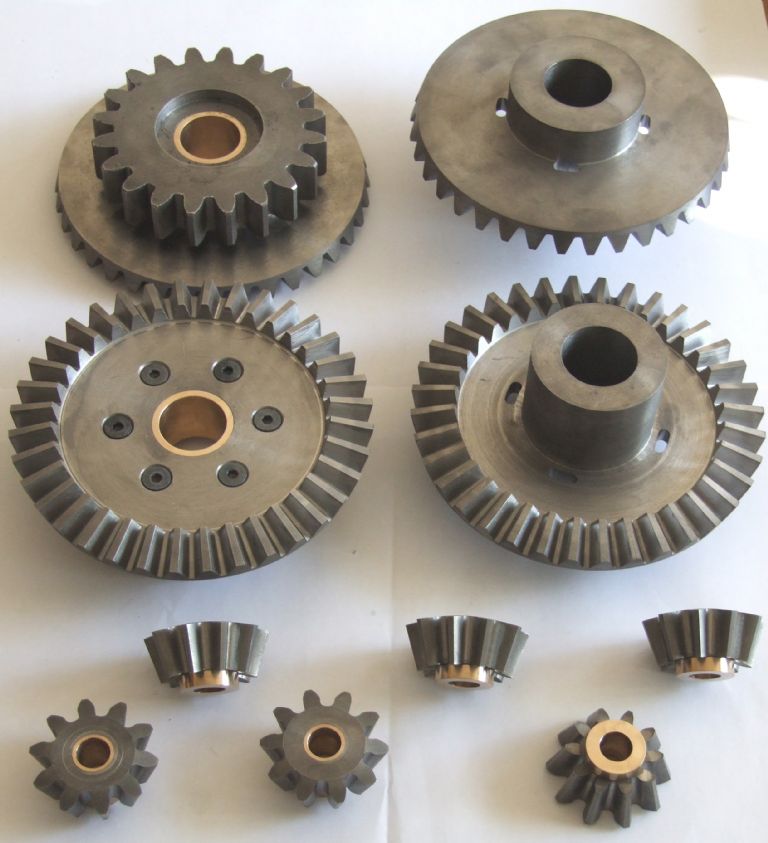There definitely appears to have been some confusion here. It was never my intention to make castings from patterns; indeed I hadn’t even thought of castings until it was mentioned by Jason.It’s an interesting thought though! Jason is also quite correct in stating that I am machining in aluminium simply to check the G-code and learn about stepover values versus surface finish. At some point even I stop thinking and do some experiments. Aluminium is cheap and readily available (here I apologise to Richard P) whereas I will have to order cast iron specially, and the real crown wheels are actually castings with other features attached.
It was never my intention to suggest that all this effort was needed to make gears for a traction engine differential. That is why the purpose of the gears wasn’t mentioned in the original post. In fact the post was originally intended to be a gentle nudge to the ‘no CNC’ protagonists. May be it is fortunate that it has morphed into something else.
My horizontal mill was a snap decision buy, on offer from a model engineering tool dealer (not normally noted for cheap prices) at a knock down price. I assume they’d got a job lot from a college, and, since it is a larger machine than might normally be found in a home workshop, they just wanted to move them on. It cost more to have it delivered than the mill itself cost. So far I haven’t even managed to get the motor to change note, let alone struggle. I’ve cut all the pinion gears for the traction engines on it, 6DP in EN8 and 5DP in cast iron, in one pass, with not even a cough from the motor.
Interesting pictures posted by Jason. The bevel pinions must have been CNC’d, difficult to see how else it could have been done given that the teeth are effectively pockets. It looks like the stepover used was radial rather axial. I chose axial, as then at least the machining marks are parallel to the line of contact. Wow, it must have taken ages to machine the holes for pinions by handraulic means. I wonder how the pockets for the pinions were done, doesn’t look machined, but too clean for flame cut, laser or water jet maybe?
Ah, now JohnS has opened another whole can of worms. I was only thinking earlier this evening, while weeding one of the fruit bush areas in the garden, about the steering worm and wheel for the traction engine. I have seen a worm, machined by CNC, at my supplier, and frankly it looked a little rough, I could do better! But I may well end up machining the worm (two start) by manual means. But what about the worm wheel. My supplier, in common with others I expect, simply uses a helical spur gear. Perfectly adequate for the job of course. But, being obtuse, I wondered if I could machine a proper worm wheel. I have the kit to do it, if I had the necessary hob. The question then becomes could I machine a suitable hob, with relief, on the CNC mill?
Watch this space.
Regards,
Andrew
Sub Mandrel.







 Unless it causes it to be too heavy or too expensive of course. I’d have gone broke years ago if I needed to make a living off the models I make
Unless it causes it to be too heavy or too expensive of course. I’d have gone broke years ago if I needed to make a living off the models I make 







